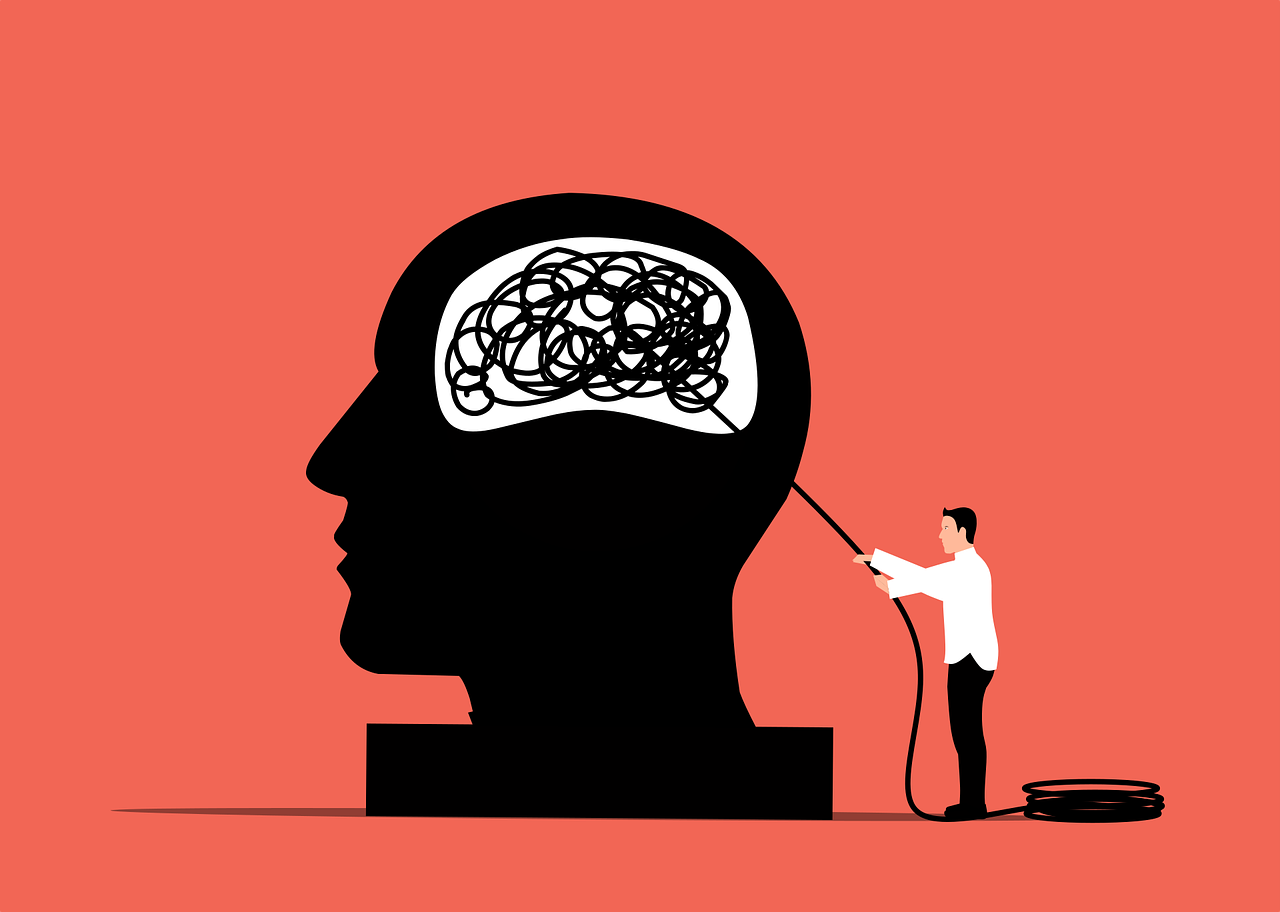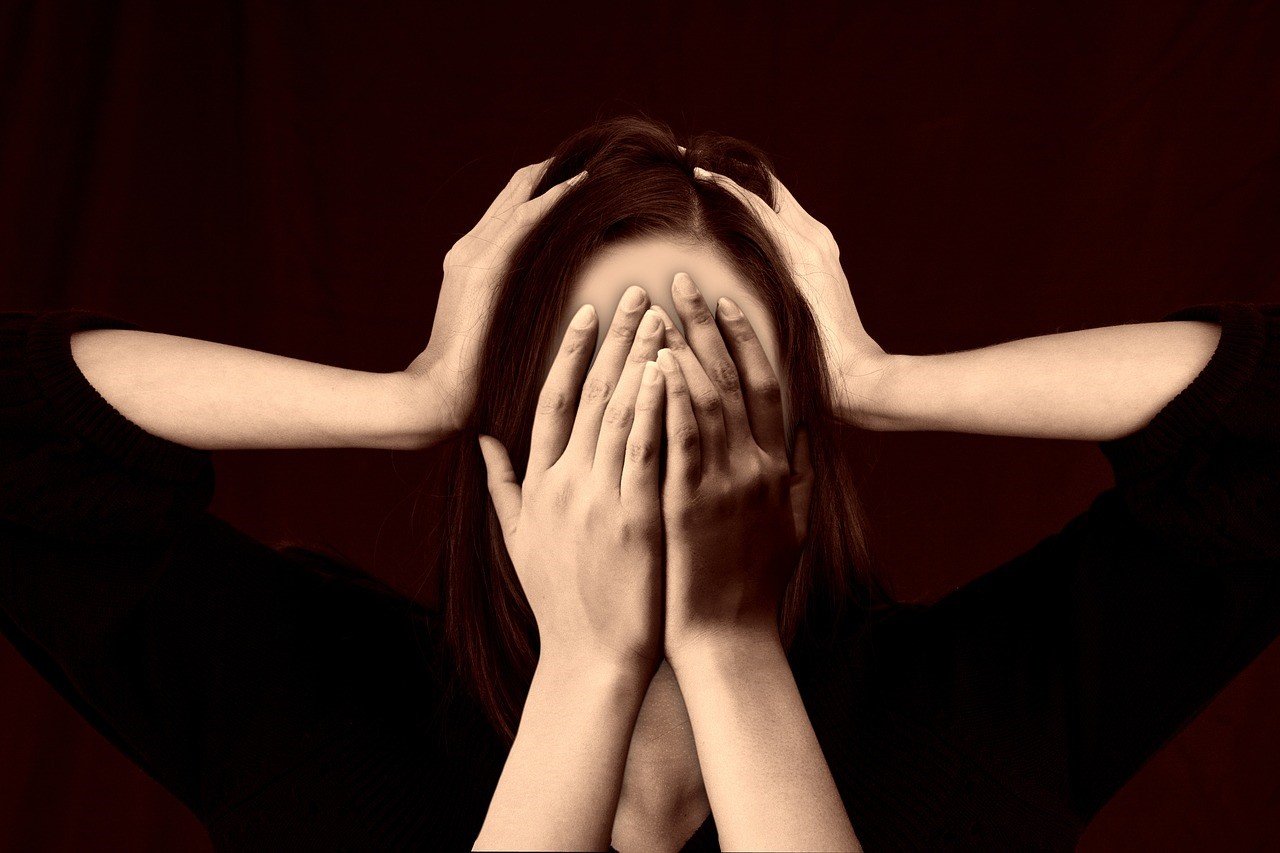How Psychotherapy Helps with Anxiety and Depression
“You know, I never thought talking would help. I used to bottle everything up—tight, like a soda can ready to explode. But then… therapy happened. And slowly, things changed.”
This is how one of my clients—let’s call her “Sarah”—began her third session. Sarah came in overwhelmed with anxiety and sadness that seemed to have no clear cause. She wasn’t broken, just burdened. And that’s what anxiety and depression do: they make everyday life feel like walking through a fog with bricks in your backpack.
But here’s the good news: psychotherapy works.
Whether you call it psychological therapy, mental health counseling, or just “talking to someone,” the evidence is loud and clear: psychotherapy is one of the most effective tools we have to treat both anxiety and depression.

In fact, recent meta-analyses (including a 2018 study by Weitz et al.) confirm that therapies designed to treat depression can significantly reduce anxiety symptoms too—even when anxiety isn’t the main focus.
In this article, I’ll walk you through:
- The real-life impact of psychotherapy on anxiety and depression
- Different types of psychological therapy and how they work
- Honest stories from my own practice
- Common challenges and how we troubleshoot them together
- What “success” looks like in the therapy room
- And yes… how you can get started
So if you’re wondering whether therapy is worth the time, the cost, or the emotional effort—stay with me. You might just find your answer hidden in someone else’s story.
The Problem – Why We Need Psychotherapy for Anxiety and Depression
Let’s be honest: mental health is still misunderstood.

Even in progressive places like California, I’ve met parents, professionals—even therapists-in-training—who whisper the word “depression” like it’s a dirty secret. And don’t get me started on anxiety. That one’s often dismissed with a “try some yoga” or “just breathe.”
But here’s what many don’t see:
Anxiety and depression aren’t just “bad moods.”
They’re exhausting, isolating, and—if left untreated—debilitating.
So what do they really look like?
Let’s take Emily. She’s a mom of two in San Diego. She kept forgetting school pickups, felt numb most days, and couldn’t sleep without waking up in panic at 3 a.m. She smiled at work. But inside? She felt like she was drowning quietly.
Or take Luis. A college student from Fresno. He described it as “living under pressure—like someone’s sitting on my chest 24/7.” No energy. No joy. Just guilt for not “snapping out of it.”
These aren’t character flaws. They’re symptoms. And they’re treatable.
According to a 2018 meta-analysis, psychotherapy for depression significantly reduces anxiety symptoms as well—with a medium effect size (g = 0.52) and long-term impact up to 14 months post-treatment. What’s more, people didn’t just feel “less anxious”—they felt more in control, more present, more alive.
So if you’re reading this and thinking, “But I’m not that bad…”
Let me stop you right there.
You don’t need to wait until everything falls apart to seek help.
Therapy isn’t a last resort. It’s a proactive tool for mental clarity, emotional regulation, and reclaiming your life.
Types of Psychotherapy – And How They Really Work
“Wait, so… are we just going to talk about my childhood?”
That’s what Jason asked in his first session. He was nervous—like many people are when they hear the word “psychotherapy.” (Blame the movies.)
But here’s the truth: psychotherapy isn’t one-size-fits-all.
There are many types—and I mean many—each with different strengths depending on your needs, personality, and even your schedule.
Let me give you a quick tour of the most common, effective ones I use in my California-based practice:
1. CBT – Cognitive Behavioral Therapy
Best for: Anxiety, Depression, OCD, ADHD
How it works:
We identify negative thought patterns (like “I’m a failure”) and challenge them with evidence. Then we replace them with more balanced thinking. You also learn real-life coping skills.
Real case: One client, a high-performing tech worker from San Jose, used CBT worksheets to tackle his “Sunday night dread.” Within five weeks, he went from panic attacks to peaceful Netflix evenings.
2. ACT – Acceptance and Commitment Therapy
Best for: Stress, emotional pain, perfectionism
How it works:
Rather than fighting thoughts, ACT helps you accept them—and still take action based on your values. It’s powerful for those who feel “stuck.”
Quick story: A mom with postpartum anxiety learned to accept scary thoughts without reacting to them. This helped her bond with her baby without shame or fear.
3. Psychodynamic Therapy
Best for: Deep-rooted trauma, relationship patterns
How it works:
We explore unconscious patterns from your past that shape how you relate to the world today. You gain insights that shift long-standing behaviors.
Note: It’s not just about childhood—but yes, childhood does show up.
4. Humanistic Therapy
Best for: Low self-esteem, identity issues, spiritual concerns
How it works:
Humanistic therapy, especially Rogerian or Gestalt styles, focuses on empathy, presence, and helping you discover your true self.
Personal favorite moment: A client once said, “This is the first space where I don’t feel broken.” That’s the power of being heard without judgment.
5. Trauma-Focused Approaches (like EMDR)
Best for: PTSD, abuse recovery, medical trauma
How it works:
We use eye movement, visualization, or somatic techniques to desensitize distressing memories. It helps you feel safe again—not just think it.
6. Mindfulness-Based Therapies
Best for: Rumination, chronic stress, ADHD
How it works:
You learn to observe thoughts without attaching to them. Breathing techniques, body scans, and moment-by-moment awareness create space between you and your symptoms.
7. Couples & Family Therapy
Best for: Relationship stress, communication breakdowns
How it works:
We don’t pick sides. Instead, we look at patterns and build new ways of connecting. Sometimes, just learning to listen changes everything.
Now, let’s be honest—sometimes we don’t fit into just one of these.
That’s why at Heal & Thrive, we use an integrative, client-centered approach:
Mixing, adapting, and evolving the plan based on you.
Because you’re not a diagnosis. You’re a person—with a story that deserves a personalized path to healing.
Real Success Stories + Step-by-Step Therapy Strategies

Story 1: Amanda, 34 – “I thought I was broken.”
Amanda was a freelance writer in Los Angeles who used to cancel brunch plans last minute not because she didn’t care, but because her anxiety whispered, “You’ll say something stupid.”
She came to therapy after a full-blown panic attack at a bookstore.
Strategy we used: CBT + Mindfulness
- We started with cognitive restructuring challenging those “I’ll mess up” thoughts.
- Then added daily grounding exercises (like 5-4-3-2-1 sensory scanning).
- I also introduced her to a self-compassion app she could use during anxious moments.
After 8 weeks, Amanda reported: “I’m not fearless, but I’m functional. And that’s huge.”
Story 2: Jayden, 16 – “Everything felt heavy.”
Jayden was a high schooler from Oakland with undiagnosed depression. His parents thought he was “just lazy.” Truth? He was battling crushing fatigue, emotional numbness, and shame.
Strategy we used: ACT + Family Therapy
- We explored his values (creativity, friendship) and set tiny weekly goals aligned with those.
- We included his parents in biweekly sessions, helping them shift from blame to support.
Twelve weeks in, Jayden created a short film about living with invisible pain. It went viral on TikTok. (Not kidding.)
Story 3: Rashida, 41 – “Therapy saved my marriage.”
Rashida and her partner came for couples counseling, each holding a list of complaints. By session 3, those papers were in the trash.
Strategy we used: Gottman-based Couples Therapy
- We worked on emotion coaching, identifying the “soft emotion” under the anger.
- Taught them to replace defensiveness with curiosity.
- Set up weekly check-ins (with funny index cards) to air out tensions.
Today? Rashida says, “We fight better now. And we hug more.”
Step-by-Step: What Happens in a Typical Therapy Journey?
- Intake & Connection:
First session is all about story-sharing, safety, and seeing if we’re a good fit. (Yes, you get to evaluate the therapist too!)
- Goal Setting:
Together, we decide what “feeling better” looks like. It could be “less panic,” “more energy,” or even “laughing once a day.”
- Strategy Selection:
Based on your patterns, we pick a treatment style or mix a few (like CBT + mindfulness or ACT + trauma work).
- Implementation:
Weekly sessions, daily practices, and check-ins. Sometimes worksheets, sometimes art, sometimes… just silence and tears. - Adjustment:
We don’t just stick to a script. Life changes. You change. So the therapy evolves too. - Reflection & Closure:
When you’re ready, we reflect on how far you’ve come, prep for relapse prevention, and celebrate progress (yes, even the baby steps).
Therapy isn’t about being perfect. It’s about being real and finally feeling like yourself again.
Common Therapy Challenges — And How We Tackle Them Together

Look, I won’t sugarcoat it. Therapy can be hard.
Sometimes you walk out feeling lighter. Other times? You feel like you’ve opened emotional floodgates and don’t know what to do with the storm.
Let me walk you through the most common “stuck points” my clients face—and what we do about them:
1. “It’s not working fast enough.”
I get it. We live in a world of instant everything. When someone says, “I’ve had 3 sessions and still feel anxious,” I gently remind them: emotions aren’t Amazon Prime.
Healing takes time. Think of therapy like physical rehab for your mind—you don’t run a marathon after one massage.
What helps:
We set micro-goals (e.g., “sleeping before 2 AM three nights this week”) and track small wins. Visible progress builds hope.
2. “Talking feels weird.”
Yup, the first few sessions can be awkward. Crying in front of a stranger? Not exactly everyone’s idea of a good Tuesday.
What helps:
We go at your pace. Silence is allowed. Jokes are welcome. I’ve even had clients draw stick figures to describe their emotions. (Therapy’s not always talk-heavy.)
3. “Isn’t this expensive?”
It can be. Let’s not pretend otherwise. Therapy in California ranges from $100–$250 per session, depending on experience, specialty, and location.
What helps:
Many therapists offer sliding scales. Some insurance plans reimburse. Online therapy platforms offer affordable packages—and yes, we provide teletherapy options too.
Real talk: The cost of not healing—burnout, broken relationships, unprocessed trauma—is often much higher.
4. “Do I need therapy or meds?”
Great question. And no shame in asking. Medication can be life-changing, especially for clinical depression or panic disorders.
What helps:
Psychotherapy and medication often work best together. I collaborate with psychiatrists when needed—and always respect your comfort zone. Therapy empowers you with skills. Meds can boost your capacity to use them.
5. “What if I open up and get judged?”
Let’s pause. This is a big one.
So many clients—especially men, parents, BIPOC folks, or those from religious backgrounds—worry that being vulnerable will backfire.
What helps:
Therapy at Heal & Thrive is a non-judgmental, culturally sensitive space. We honor your story. Your values. Your rhythm. You’re not “too much” here.
Therapy isn’t about being fixed. It’s about being fully seen, fully heard, and gently guided back to yourself.
Signs of Success in Therapy – And How to Start Your Journey
So… what does success in therapy look like?
Let me be clear:
It’s not about becoming a flawless human who never feels sad, angry, or overwhelmed.
Success often shows up quietly:
- You pause before reacting.
- You sleep through the night.
- You cry without guilt.
- You say “no” without a 3-hour anxiety spiral.
- You laugh again. Genuinely.
One client said, “I didn’t even realize I was getting better—until I handled a family fight without screaming or shutting down.”
Another told me, “I feel like I’m driving my life again instead of just being a passenger.”
That’s what psychotherapy does: it doesn’t erase who you are. It helps you come home to yourself.
And it lasts.
Multiple studies show that the benefits of psychotherapy are long-term—especially for anxiety and depression. People not only report fewer symptoms but also better relationships, improved work-life balance, and a stronger sense of self.
Ready to Begin? Here’s Your First Step:
If you’ve made it this far, maybe a little voice inside is already saying: “I think I need this.”
And if that voice is speaking?
Listen.
At Heal & Thrive, we offer:
- 1:1 personalized psychotherapy (online & in-person in California)
- ADHD coaching for adults, teens, and parents
- Trauma-informed and culturally respectful care
- Evidence-based, human-centered healing
Book a free 20-minute consultation today to see if we’re a good fit.
Let’s talk. Let’s listen. Let’s get you back to you.
